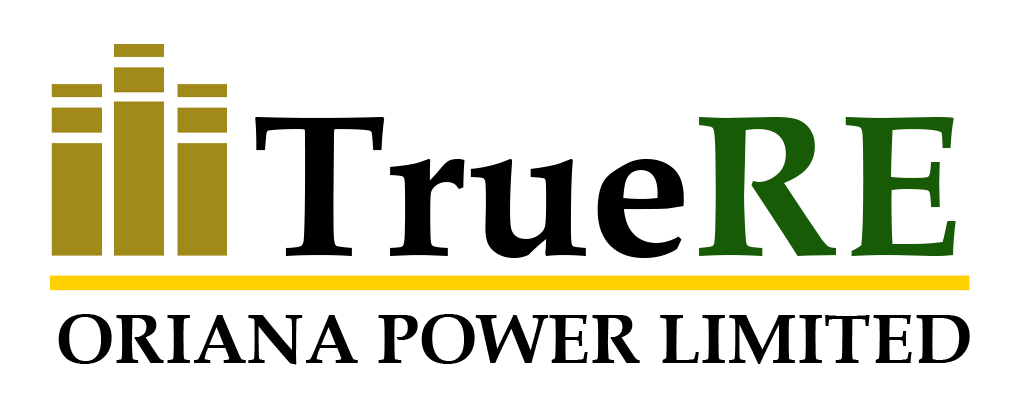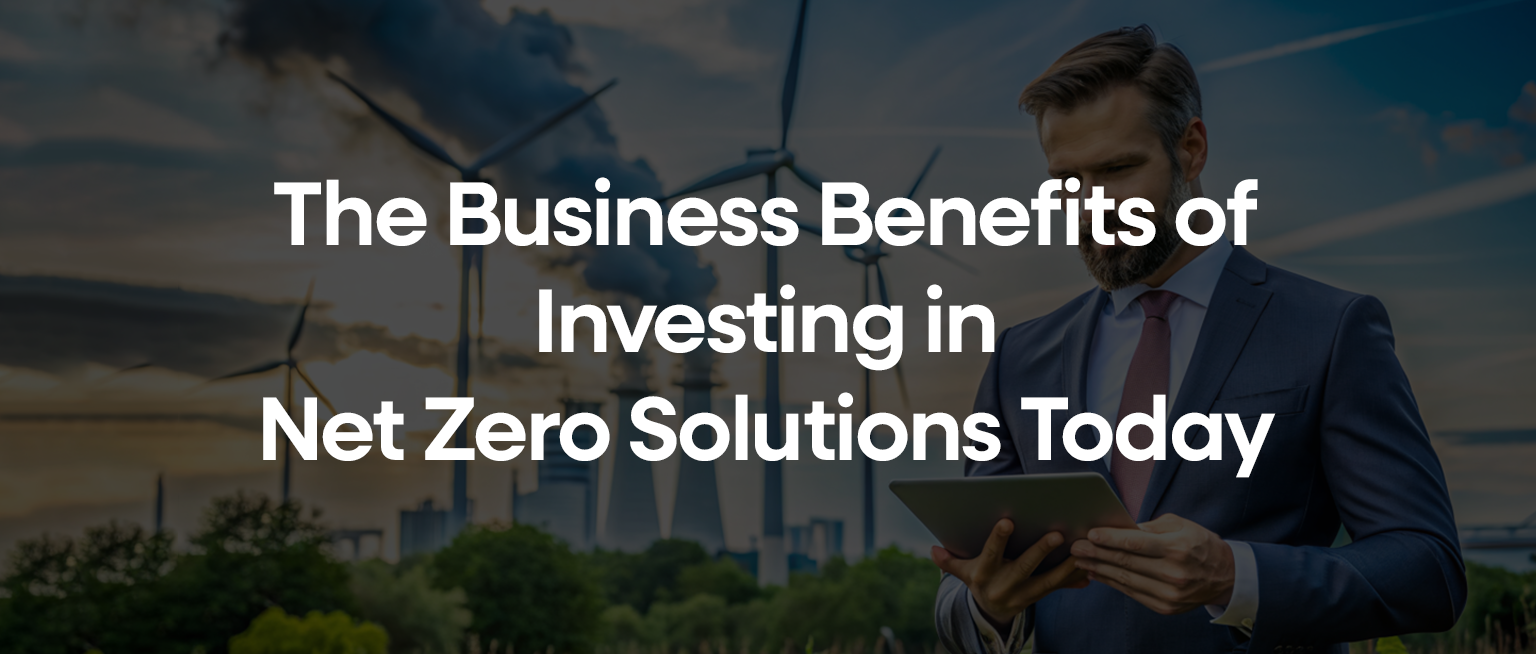Most modern businesses aim to transition to sustainable energy, but they face two key roadblocks: a lack of available rooftop space and the high upfront cost of installing solar panels. Thankfully, there is one way for both those barriers to be taken away: Open Access Renewal Solar Company.
Open Access Renewal Solar Company enables C&I consumers to purchase clean electricity directly from large off-site solar farms, eliminating the need to install panels on their premises. Indeed, the model enables businesses to reduce energy costs and carbon emissions while meeting RPOs with little or no capital investment.
Let’s break down how open access solar works and the two main ways businesses can take advantage of it.
How Does Solar Open Access Renewal Solar Company Function?
In the case of India, Green energy open access is available to all the C&I consumers having contracted demand of 100 kW or above.
Here’s How It Works:
This would involve a very simple setup whereby a business contracts a power purchase agreement with an independent power producer who develops and operates a solar farm in a location with high solar potential. The electricity generated from this farm is wheeled into the business through the national grid at a pre-agreed tariff.
Because the power therein is sourced directly from renewable energy plants, businesses are also sure to operate more ‘sustainably’ with the regular chance at 30 to 60% reductions in electricity bills compared to conventional grid tariffs.
Models of Solar Open Access in India
There are mainly two models through which solar open access operates: Group Captive Renewal Solar Company and Third-party Open Access Renewal Solar Company. Each has a different structure, advantages, and suitability depending upon the company’s investment capacity and the energy requirement.
Group Captive Renewal Solar Company
A Group Captive Renewal Solar Company is set up to meet the energy needs of a single company, whereas a group captive project is developed when several companies invest together in a larger solar plant and share power.
The other provisions of India’s Green Energy Open Access Rules (2022) are listed below:
- The business or group must retain at least 26% equity in the solar project.
- They must consume at least 51% of the energy produced.
How It Works:
The IPP develops the solar project, normally through an SPV, and grants ownership to the business of up to 26% of this SPV. If the total project cost is divided into 70% debt and 30% equity, the business invests around 7.8% of the total costs, i.e., 26% of the equity portion. It is the responsibility of the IPP to manage the O&M of the plant; the business benefits because it gets clean power in return.
Key Benefits of Captive Solar Open Access:
- Businesses enjoy partial ownership and a controlling power generation, which consequently promises bigger long-term savings.
- Group Captive Renewal Solar Company enable sharing investments, thereby decentralising the financial burden.
- Consumers in captivity are exempt from cross-subsidies and surcharges, reducing the cost per year.
- Other states have power banking, which means businesses can store unused energy in the grid for later use.
- Besides, captive owners can sell Renewable Energy Certificates and claim accelerated depreciation benefits on their solar assets.
Open Access in Third-Party Solar
If any industry wishes to switch over to solar without making any upfront investment, then third-party open access is the best-suited option.
In this model, a business purchases power directly from an IPP through a long-term PPA. This includes ownership of the solar plant, operation, and maintenance by the IPP, while the electricity is supplied via the grid.
How it Works:
IPP develops and operates the solar project while selling electricity to various businesses on pre-agreed terms. The consumers pay only for the energy they use at a tariff, usually lower than the standard rate electricity.
Salient Benefits of Third-Party Solar Open Access:
- No upfront capital investment: Businesses have to pay only for the consumed unit of electricity.
- Savings on electricity bills can amount to up to 40% of the conventional supply.
- No maintenance or operation risk: The IPP assumes responsibility for the plant’s performance and maintenance.
Picking Up the Appropriate Model for Your Business
Before selecting an Open Access Renewal Solar Company, consider these three important factors:
Investment Capacity
- Captive Solar: This is best for businesses ready to invest capital and take partial ownership.
- Third-Party Solar: Perfect for those who want no upfront costs and pay only for what they use.
Savings Potential
- Captive Solar: Higher long-term savings on account of exemptions from surcharges.
- Third-Party Solar: You get moderate savings, as some charges may still prevail.
Risks & Responsibilities
- Captive Solar: Operated with some involvement, but with much more control.
- Third-Party Solar: Completely hassle-free, the developer takes all risks.
Closing Thoughts
Open access solar is revolutionising how Indian businesses think about and consume energy. Whether in a captive or a third-party model, the answer is the same: cleaner power at lower costs, with greater commitment to sustainability. Open access solar adoption in India is not just a cost-saving decision; it is part of responsible business growth and will give them long-term energy independence.



